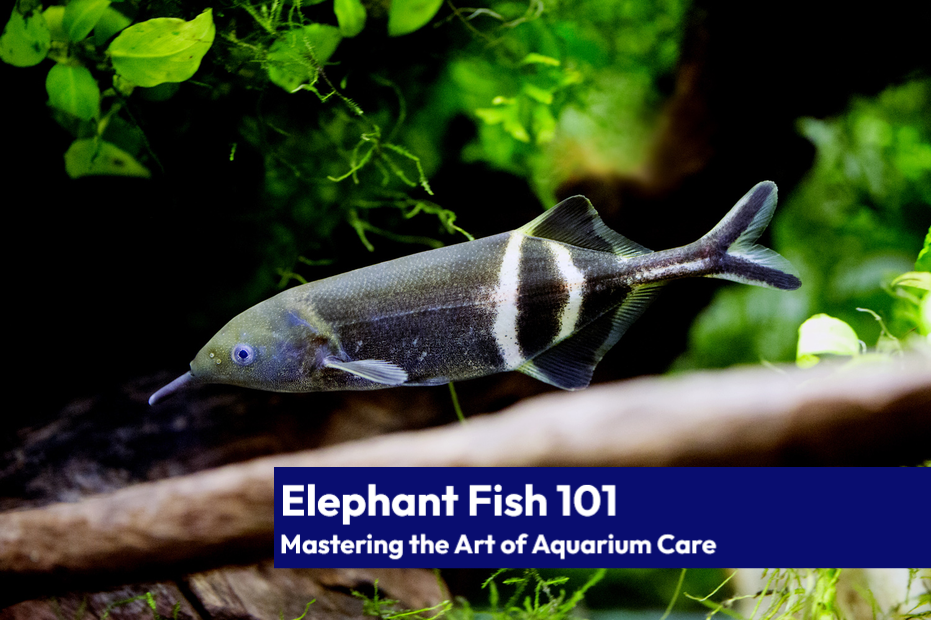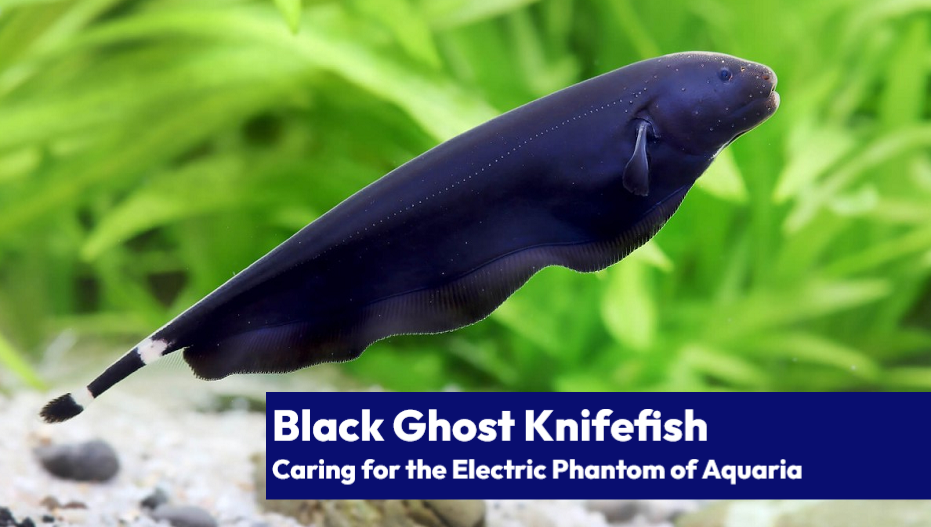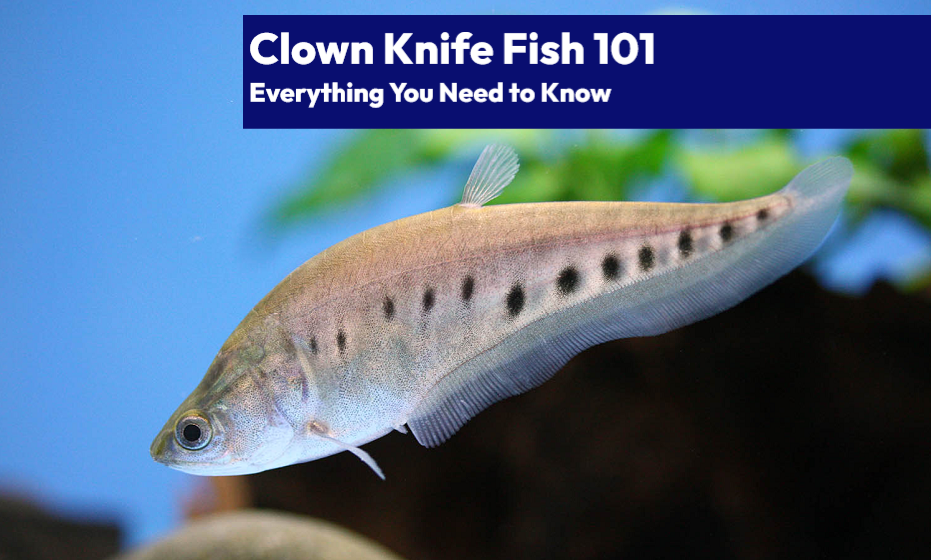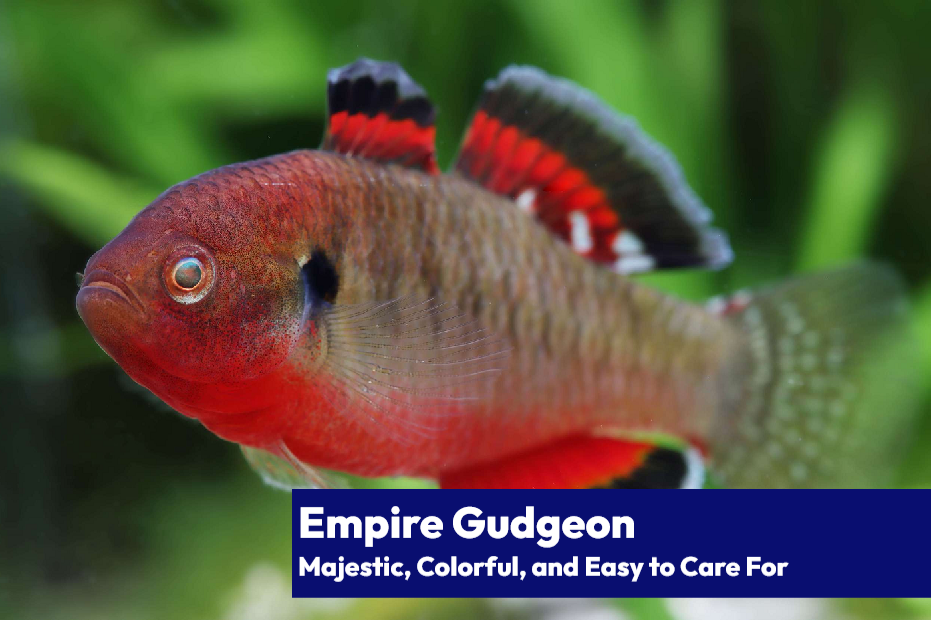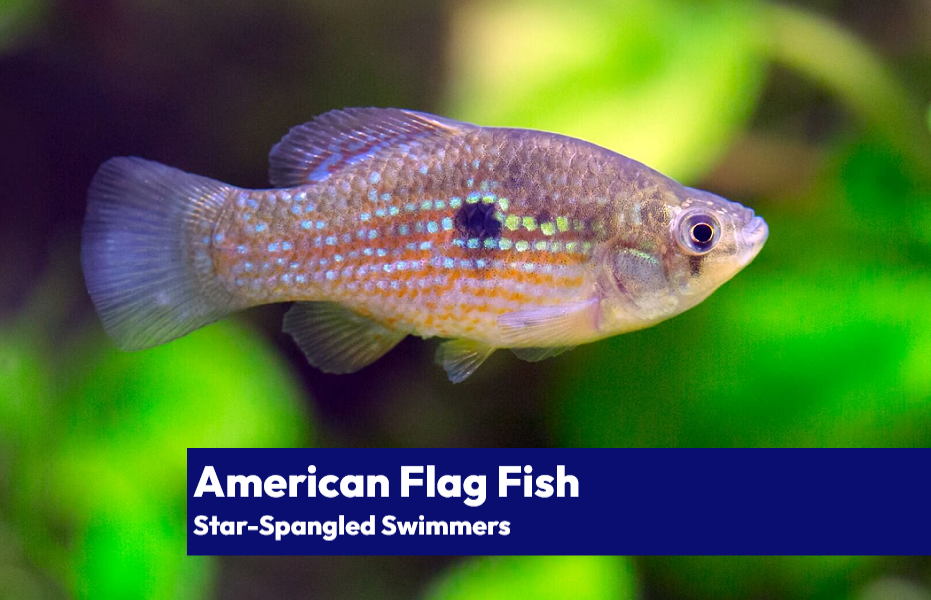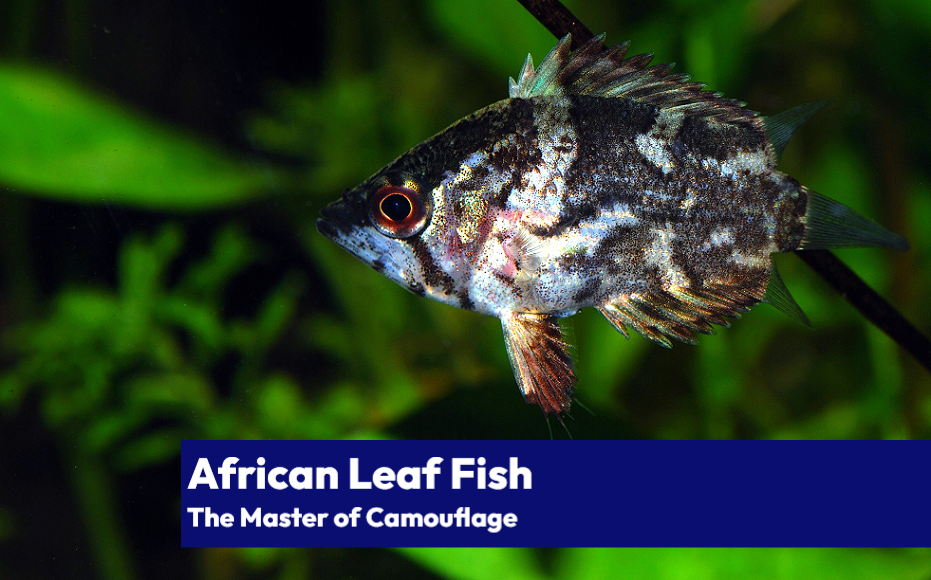Greetings, fellow aqua-addicts! Today we’re diving deep into the underwater world of elephant fish. These fascinating creatures will have you trumpeting with excitement, so let’s get started!
🌊 The Elephant Fish Lowdown 🌊
The elephant fish, or Gnathonemus petersii, is an African freshwater fish that’s an absolute showstopper in your aquarium. But let’s not dilly-dally; here’s a quick overview of these fascinating fish:
| Care Data | Gnathonemus petersii (Elephant Fish) |
|---|---|
| Scientific Name | Gnathonemus petersii |
| Type | Freshwater |
| Adult Size | 9 inches (23 cm) |
| Tank Size | 55 gallons (208 liters) |
| Optimal Temperature | 73-82°F (23-28°C) |
| General Hardness dGH | 5-12° |
| Carbonate Hardness dKH | 4-14° |
| Optimal pH range | 6.0-7.2 |
| Diet Type | Omnivore |
| Feeding Frequency | 1-2 times per day |
| Water Change Frequency | Weekly |
| Can Breed In Captivity? | Yes |
| Number of Fry (if applicable) | 100-300 |
| Spawning Type | Egg-layer |
| Native Range | West & Central Africa |
| Temperament | Peaceful |
| Schooling/Shoaling Fish | No |
| Can Jump Out Of Tank? | No |
| Average Cost (USD) | $20-$30 |
The Headliner: Elephant Fish Appearance 🐘

These fish are seriously one-of-a-kind. Their defining feature? That elongated, trunk-like snout that gives them their name. But the snout is not just for show – it’s a sensitive electroreceptor, allowing them to detect the tiniest electrical signals emitted by their prey. So, in a way, they’re like the superheroes of the fish world.
As for their color, think of them as the zebras of the aquarium world – they have a beautiful, striped pattern that ranges from dark brown to black on a grayish background. Their fins? Delightfully fan-shaped, adding a touch of elegance to their already unique appearance.
🕵️♂️ Males, Females, and the Great Elephant Fish Mystery 🕵️♀️
Sexual dimorphism is not very pronounced in elephant fish, making it a challenge to tell males and females apart. However, some subtle differences do exist. Males usually have slightly larger snouts and a more vibrant coloration, while females tend to be a bit plumper, especially when carrying eggs.
Average Size and Growth Rate
The average size of an adult elephant fish is 9 inches (23 cm) in length. They grow at a moderate rate, reaching their full size within 2-3 years.
Lifespan of the Elephant Fish: Long Live the Trunk!
These fishy friends have a life expectancy of 8-12 years if properly cared for, with some even making it to the ripe old age of 15. So, if you’re thinking about adding an elephant fish to your aquatic family, be prepared for a long-term commitment.
The Ideal Elephant Fish Abode: Tank Size Matters 🏠
Though elephant fish are not schooling fish, they do enjoy the company of some tankmates. To keep them happy and healthy, it’s essential to provide them with adequate space. The minimum tank size for an elephant fish is 55 gallons (208 liters).
If you’re planning on creating a community tank with multiple elephant fish, you’ll want to consider a larger tank, such as a 75 gallon (284 liters) or even 90 gallon (341 liters) aquarium.

Water Parameters: The Perfect Elephant Fish Environment 🌡️
Elephant fish thrive in soft, slightly acidic water. Keep the temperature between 73-82°F (23-28°C), with a general hardness (dGH) of 5-12° and carbonate hardness (dKH) of 4-14°. The ideal pH range is 6.0-7.2.
🍽️ The Elephant Fish Buffet: Diet and Feeding 🍽️
These omnivorous beauties have quite the appetite! Here’s a smorgasbord of delicious treats for your elephant fish:
- Bloodworms
- Brine shrimp
- Daphnia
- Insect larvae
- Tubifex worms
- Small crustaceans
- High-quality pellet or flake food
Feed your elephant fish 1-2 times per day, providing just enough food that they can consume within a few minutes. Overfeeding can lead to water quality issues, so moderation is key.
Home Sweet Home: Habitat Requirements 🌿
Elephant fish hail from slow-moving rivers and shallow ponds, so recreate that environment in your tank with plenty of hiding spots, such as rocks, driftwood, and plants. A sandy substrate is also ideal for these bottom-dwellers.
💡 Pro Tip: Use dim lighting to mimic their natural habitat and keep your elephant fish feeling right at home.
Behavior and Temperament: Gentle Giants of the Aquarium 🐠
Despite their intimidating appearance, elephant fish are actually peaceful creatures. They may be a bit shy initially, but with time, they’ll become more comfortable and show off their unique personalities.

Tankmates: Friends or Foes? 🐟
When it comes to selecting tankmates for your elephant fish, choose wisely! Here are some ideal companions:
- African butterfly fish
- Bichirs
- Catfish
- Cichlids (non-aggressive species)
- Congo tetras
- Gouramis
- Knifefish
- Larger barbs
And here’s a list of tankmates to avoid:
- Aggressive cichlids
- Small fish (they may become a snack!)
- Fast-moving, nippy fish
- Territorial species
Breeding: The Circle of Life 🥚
Breeding elephant fish in captivity is a challenge, but not impossible. Provide a separate breeding tank with soft, acidic water, and plenty of hiding spots. The female will lay her eggs among plants or on the substrate, and the male will guard the nest until the eggs hatch.
Diseases and Illnesses: Prevention and Cure 💊
Elephant fish are relatively hardy, but they can still fall victim to common aquarium diseases, such as:
- Ich: Treat with Seachem ParaGuard, which contains malachite green.
- Fin rot: Use API MelaFix, an antibacterial remedy containing Melaleuca oil.
- Internal parasites: Hikari Prazipro is an effective treatment containing praziquantel.
Remember, the best medicine is prevention! Maintain good water quality, provide a balanced diet, and quarantine new fish before adding them to your main tank.
Origin and Native Range: The Elephant Fish Odyssey 🌍
These unique creatures come from the rivers and ponds of West and Central Africa, particularly in countries such as Nigeria, Cameroon, and the Democratic Republic of Congo. In their natural habitat, they inhabit slow-moving, densely vegetated waters.

Taxonomy: The Elephant Fish Family Tree 📚
Elephant fish are part of the Mormyridae family, which includes several other electric fish species. Some of their closest relatives in the aquarium hobby include the baby whale fish (Petrocephalus catostoma) and the knollenorgan elephant fish (Campylomormyrus elephas).
| Taxonomy Data | Gnathonemus petersii (Elephant Fish) |
|---|---|
| Kingdom | Animalia |
| Phylum | Chordata |
| Class | Actinopterygii |
| Order | Osteoglossiformes |
| Family | Mormyridae |
| Genus | Gnathonemus |
| Species | Gnathonemus petersii |
🎉 Wrapping Up: The Ultimate Guide to Elephant Fish 🎉
And there you have it, my fellow fish fanatics! Elephant fish are truly one of the most unique and intriguing species you can add to your aquarium. With proper care and attention, they’ll provide you with years of aquatic enjoyment.
TL;DR: The Elephant Fish in a Nutshell
- Unique, trunk-like snout
- Peaceful temperament
- Omnivorous diet
- Requires a 55+ gallon tank
- Soft, slightly acidic water
- Lifespan of 8-12 years

Tim Priest, a renowned aquarium expert with over 15 years of experience in aquatic gardening and fish education, is dedicated to helping enthusiasts create stunning and thriving aquatic environments. As the founder of LearnTheAquarium.com, Tim shares his wealth of knowledge, passion, and expertise through engaging articles, educational resources, and personalized advice.
Discover the secrets to creating captivating underwater landscapes and maintaining healthy aquatic ecosystems. Join Tim on an exciting journey and let your aquarium adventure begin!
